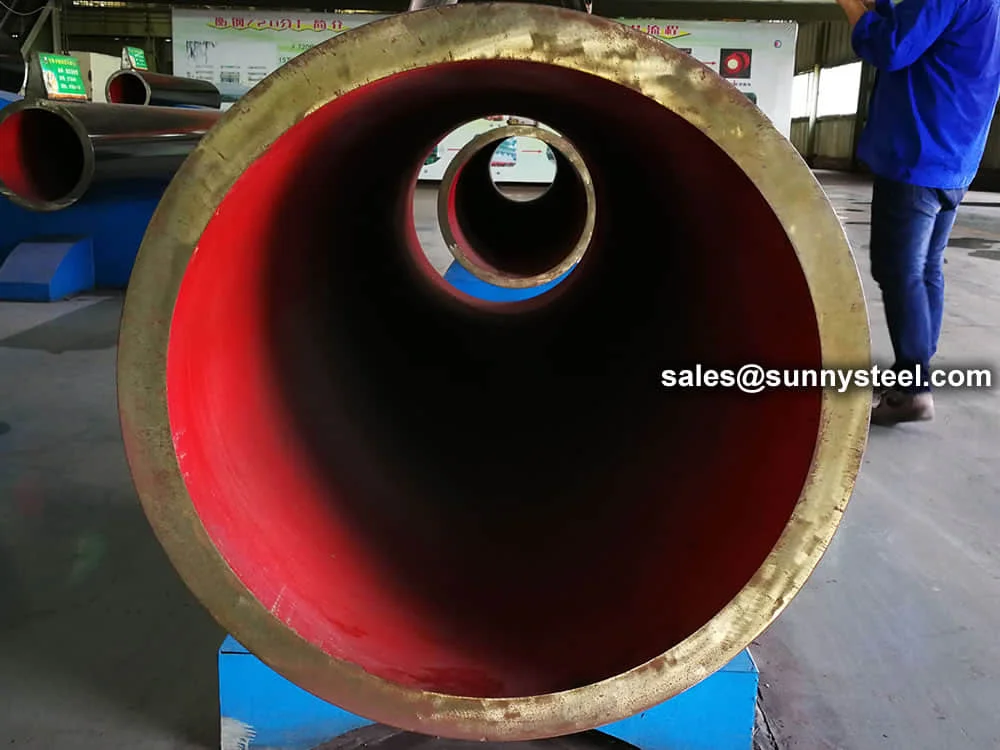
Toughened Carbon Steel Pipe For Cryogenic And Sub‑zero Service Applications
Astm a333 grade 8 seamless carbon steel pipe delivers excellent impact toughness at –100 °c, ideal for cryogenic, lng, and cold-region pipeline applications.
Toughened Carbon Steel Pipe For Cryogenic And Sub‑zero Service Applications
Astm a333 grade 8 seamless carbon steel pipe delivers excellent impact toughness at –100 °c, ideal for cryogenic, lng, and cold-region pipeline applications.
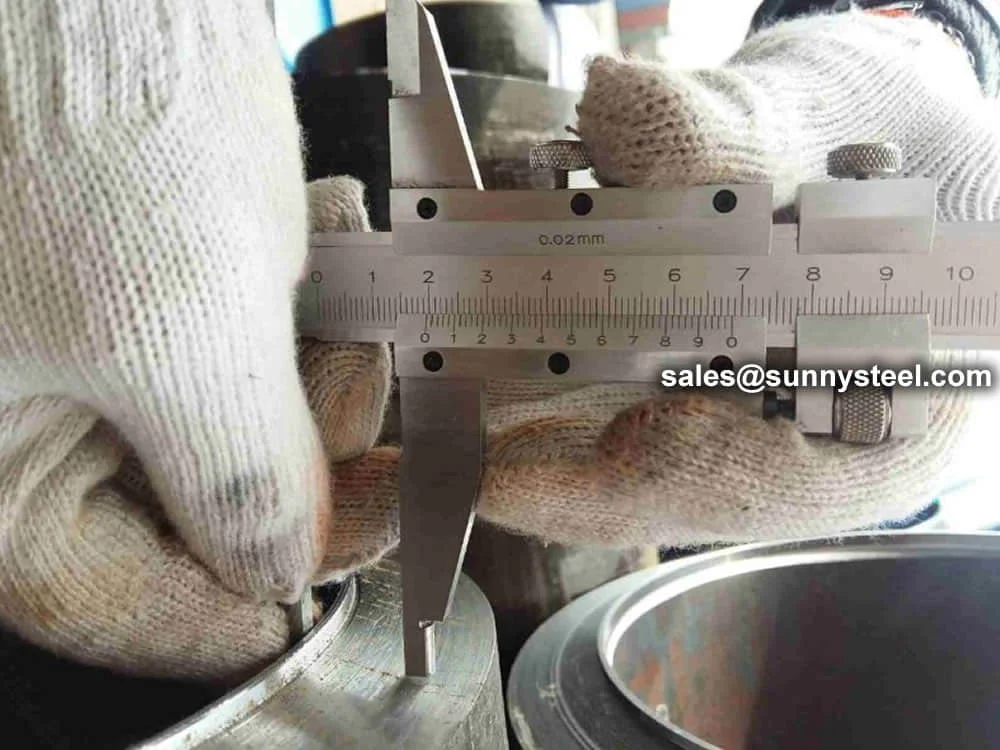
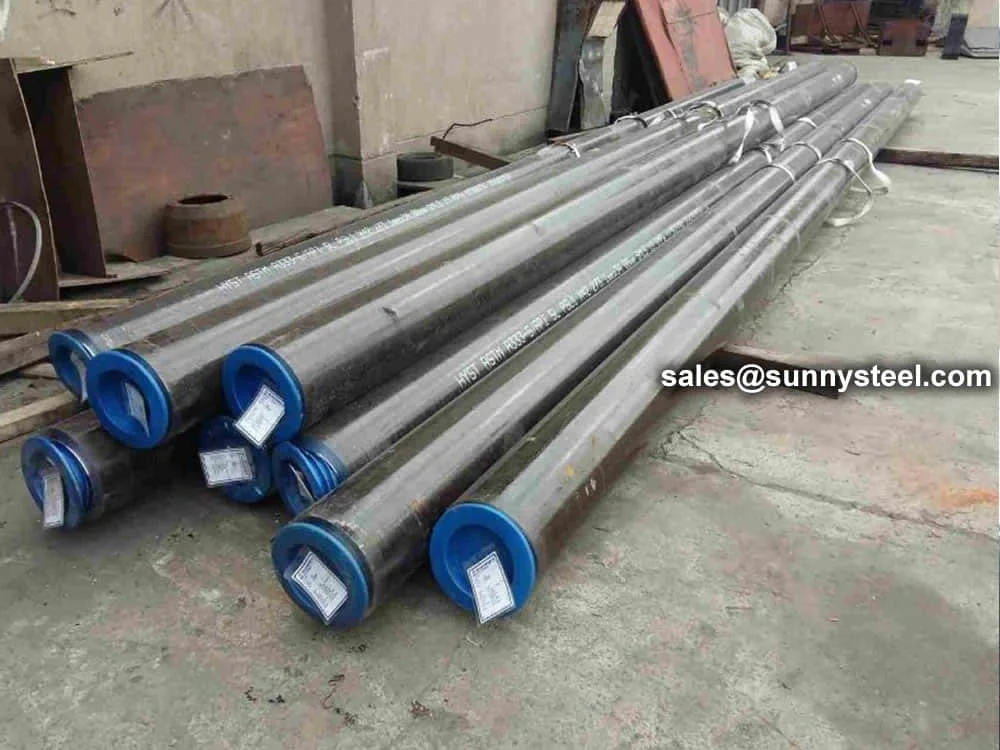
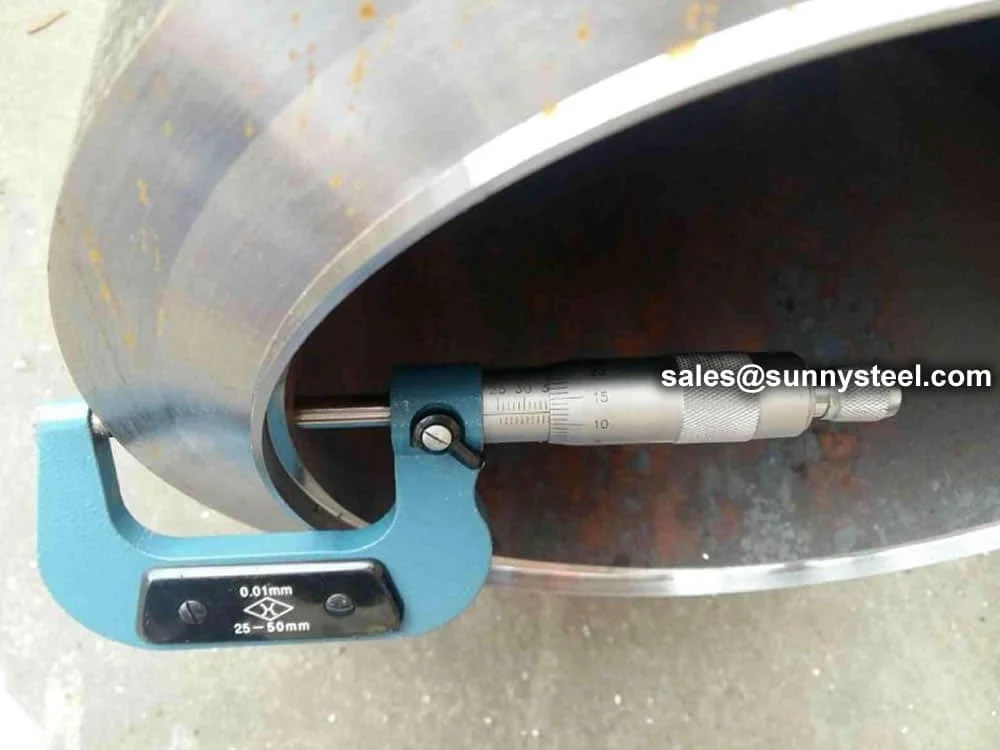
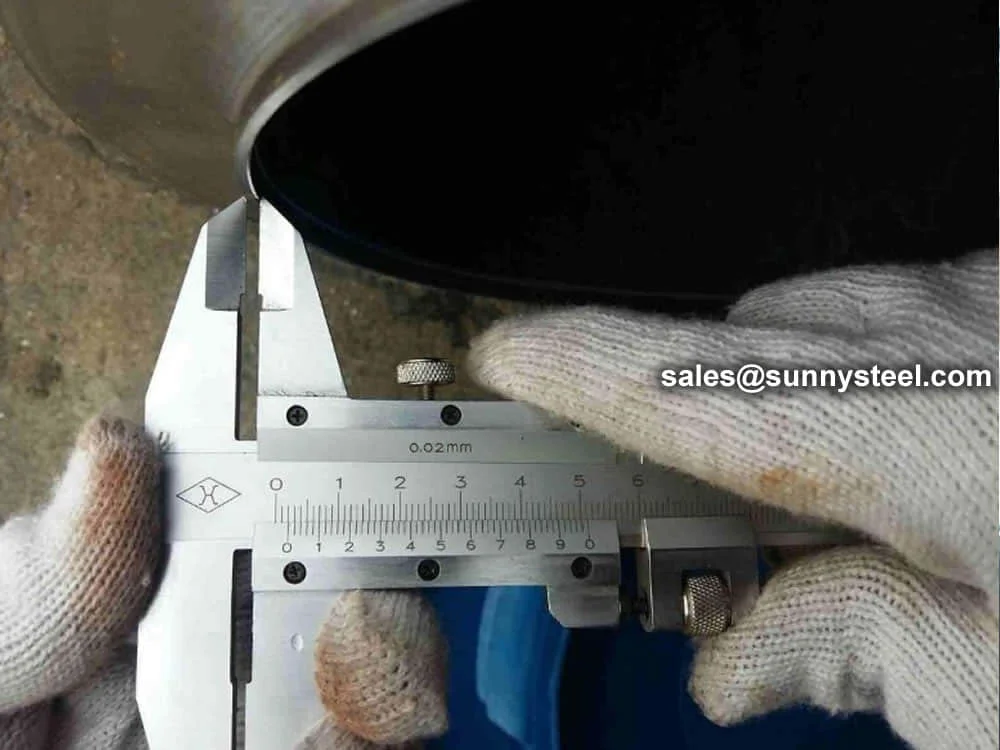
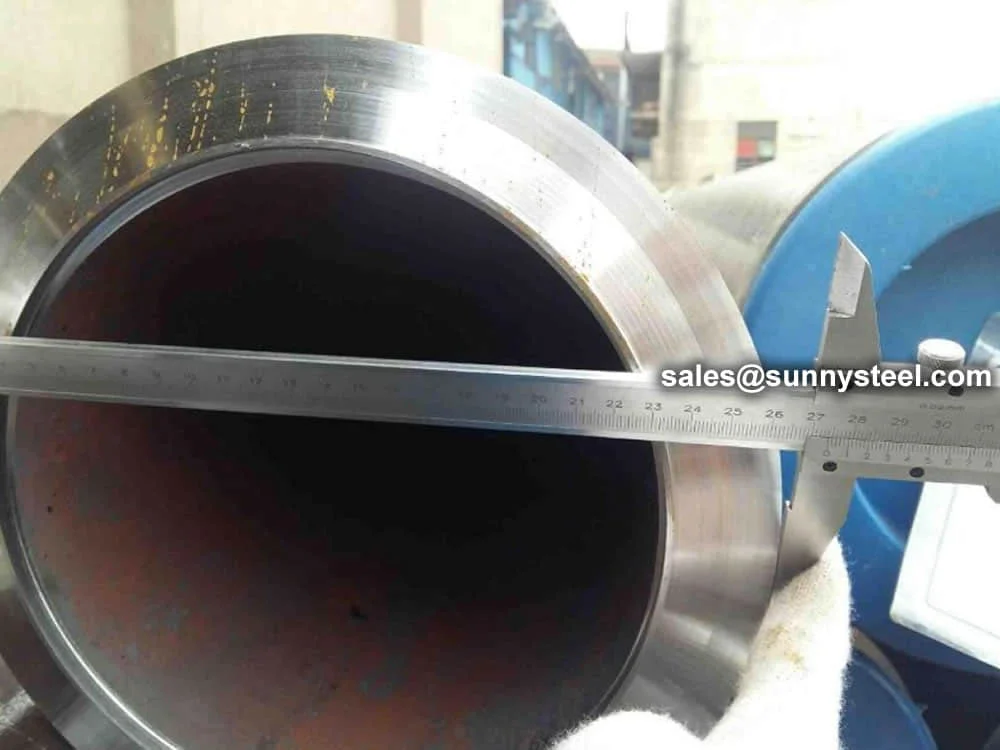
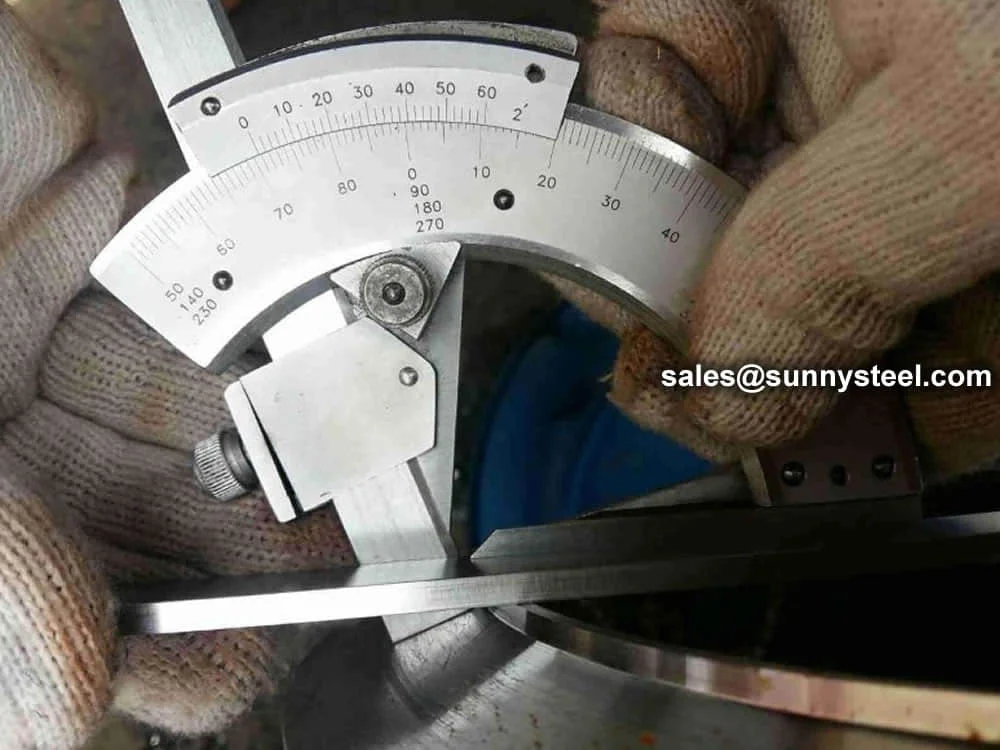
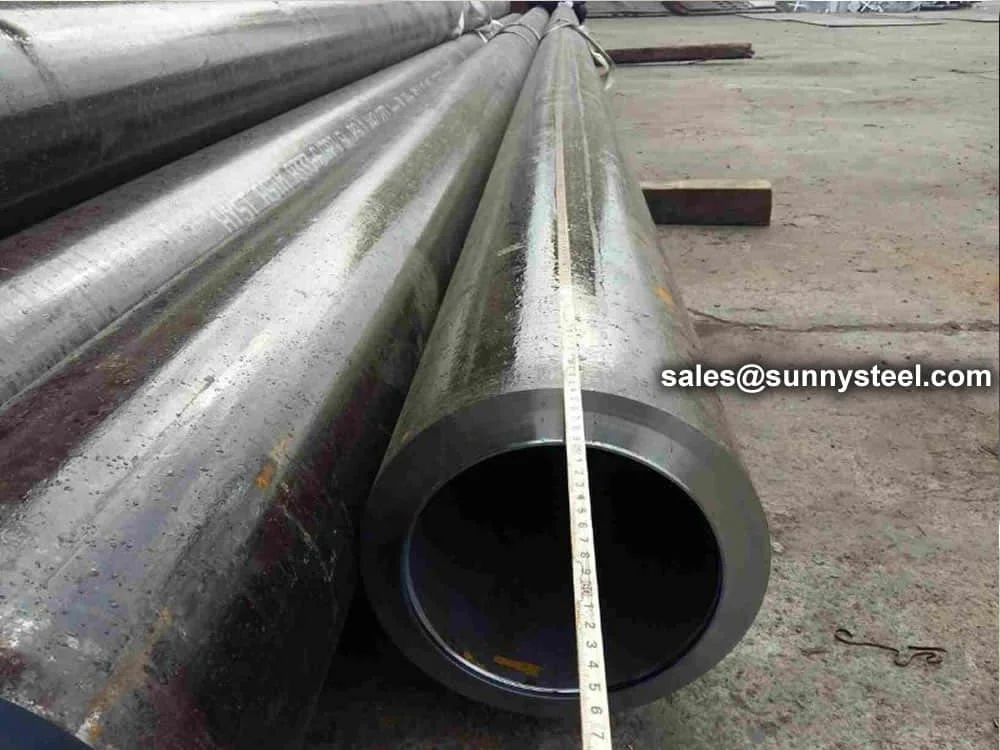
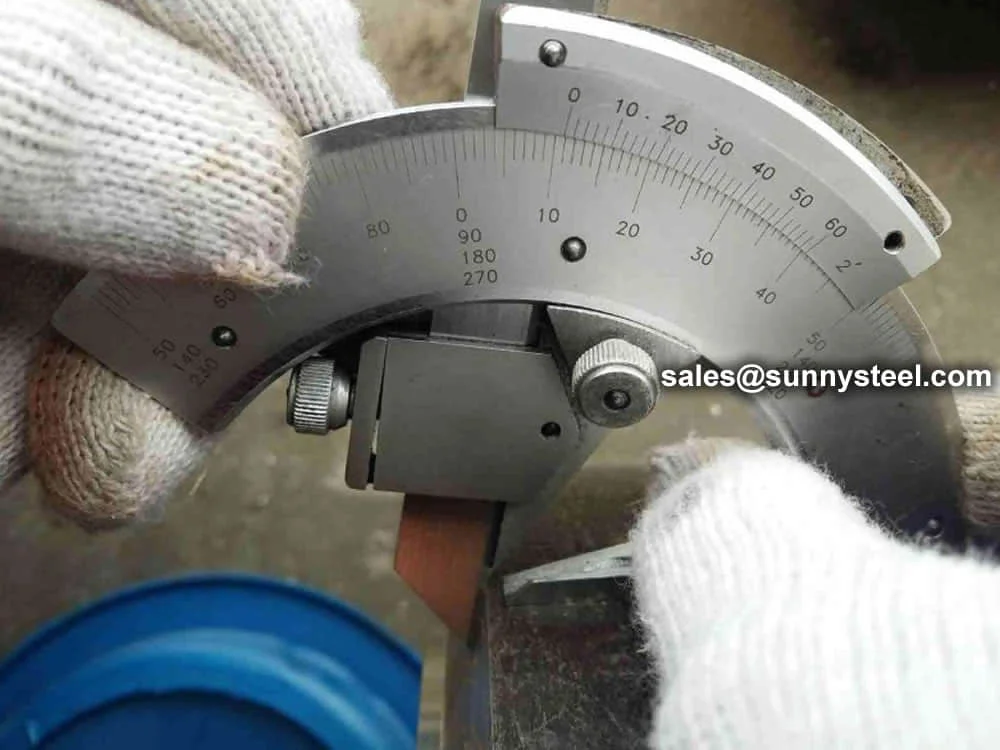
ASTM A333 Grade 8 seamless pipe is a high-performance carbon steel pipe engineered to maintain exceptional cryogenic toughness at –100 °C, making it perfect for LNG transportation, refrigerated gas pipelines, and low-temperature industrial systems.
The Grade 8 variant is normalized and tempered to refine grain structure and optimize mechanical properties, offering superior fracture resistance, ductility, and weldability in extreme cold service.
A333 Grade 8 is a specific grade of seamless steel pipe that conforms to the ASTM A333 standard. It is designed to withstand low - temperature conditions, making it suitable for applications where cryogenic environments are encountered. With enhanced impact toughness and excellent resistance to brittle fracture, A333 Grade 8 seamless steel pipes are a reliable choice for low - temperature service.
A333 Grade 8 seamless steel pipes are available in different variations to meet specific requirements. These variations may include variations in dimensions such as outer diameter, wall thickness, and length. Manufacturers offer customization options to ensure compatibility with diverse systems and applications, making Grade 8 pipes a versatile choice for various industrial needs.
The technical details, dimensions, and tolerances of A333 Grade 8 seamless steel pipes play a crucial role in their successful integration and performance within different systems. These pipes adhere to precise standards and undergo rigorous quality control measures during manufacturing. The exact dimensions and tolerances ensure seamless compatibility with other components, facilitating optimal performance and system efficiency.
Grade 8 pipes are certified with Charpy V-notch impact testing at –100 °C, hydrostatic acceptance, and dimensional precision inspections. Suitable for bending, forming, welding, flanging, and on-site installation.
Available sizes include ½” to 24” OD (DN 15–DN 600), wall thickness from SCH 10 to XXS, and lengths up to 12 m. Pipe ends can be plain, beveled, or threaded, with optional surface treatments like 3LPE or varnish coatings.
| Element | Content |
|---|---|
| Carbon (C) | ≤ 0.23 |
| Manganese (Mn) | 0.40 – 0.85 |
| Silicon (Si) | 0.10 – 0.35 |
| Phosphorus (P) | ≤ 0.025 |
| Sulfur (S) | ≤ 0.025 |
| Nickel (Ni) | ≤ 0.40 |
| Chromium (Cr) | ≤ 0.30 |
| Copper (Cu) | ≤ 0.30 |
| Property | Value |
|---|---|
| Tensile Strength | ≥ 450 MPa |
| Yield Strength | ≥ 240 MPa |
| Elongation | ≥ 30 % |
| Impact Toughness | ≥ 27 J @ –100 °C |
| Hardness | ≤ 241 HBW |
Grade 8 has 8.40–9.60% nickel and higher strength (690/515 MPa) for -320°F (-195°C) vs. Grade 1 (380/205 MPa, -50°F/-45°C). Grade 8 is for extreme cryogenic applications.
Grade 8 has higher nickel (8.40–9.60%) and strength (690/515 MPa) for -320°F (-195°C) vs. Grade 3 (3.18–3.82% nickel, 450/240 MPa, -150°F/-101°C). Grade 8 suits ultra-low temperatures.
Grade 8 has 8.40–9.60% nickel and higher strength (690/515 MPa) for -320°F (-195°C) vs. Grade 6 (415/240 MPa, -50°F/-45°C). Grade 8 is for extreme cryogenic conditions.
Grade 8 has higher nickel (8.40–9.60%) and strength (690/515 MPa) for -320°F (-195°C) vs. Grade 7 (2.03–2.57% nickel, 450/240 MPa, -100°F/-73°C). Grade 8 is for more extreme cold.
A106 Grade B is for high-temperature service (up to 750°F/400°C) with lower strength (415/240 MPa) vs. Grade 8 (690/515 MPa, -320°F/-195°C), which is impact-tested for cryogenic use.
A335 P91 is for high-temperature service (up to 650°C) with strength (585/415 MPa). Grade 8 is for cryogenic service (-320°F/-195°C) with higher strength (690/515 MPa).
| Element | Composition (%) |
|---|---|
| Carbon (C) | ≤ 0.30 |
| Manganese (Mn) | 0.29–1.06 |
| Phosphorus (P) | ≤ 0.025 |
| Sulfur (S) | ≤ 0.025 |
| Silicon (Si) | ≥ 0.10 |
| Nickel (Ni) | ≤ 0.40 |
| Chromium (Cr) | ≤ 0.30 |
| Copper (Cu) | ≤ 0.30 |
| Property | Value |
|---|---|
| Tensile Strength | ≥ 415 MPa |
| Yield Strength | ≥ 240 MPa |
| Elongation | ≥ 30 % |
| Impact Toughness | ≥ 27 J @ –100 °C |
| Hardness | ≤ 241 HBW |
| Standard | Pipes | Buttweld Fittings | Forged Steel Fittings | Valves | Bolts and Nuts |
|---|---|---|---|---|---|
| Low Temp Carbon Steel | A333 GR6 | A420 WPL6 | ASTM A350 LF2 | A352 LCB | A320 Gr L7 / A194 Gr 7 |
The equivalent grade to ASTM A333 GR6 is often EN 10216-4 P265NL or DIN 17173 TT St 35N. These grades share similar mechanical properties and are suitable for low-temperature service applications.
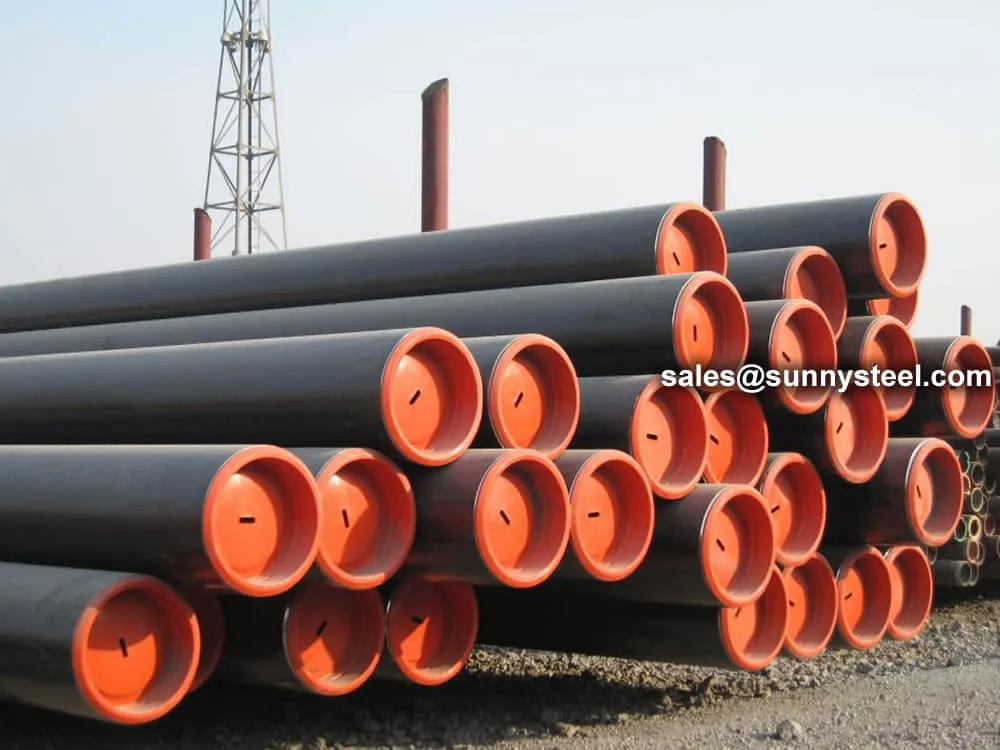
ASTM A333
Low temperature pipe refers to pipes specifically designed to withstand and operate effectively in environments with low temperatures, typically below 0°C (32°F).
These pipes are often used in industries such as oil and gas, petrochemicals, and refrigeration, where fluids need to be transported or stored at low temperatures. They are constructed from materials that can maintain their mechanical properties and structural integrity even in extremely cold conditions, ensuring the safe and efficient transportation of fluids. Additionally, low temperature pipes are insulated to prevent heat transfer and maintain the desired temperature of the fluid being transported.
Compared with austenitic stainless steel and duplex stainless steel, there are many comprehensive advantages of ferrite alloy steels for low temperature service, such as higher strength, better rigidity and lower expansion coefificient. There is not only better stability but aslo higher heat transfer efficiency. Tube & pipe for low-temperature service can be widely used in low temperature engineering. ASTM/ASME A/SA-333 Grades allow for cold temperature service to minus 150 degrees F. Material is always provided in the normalized condition at a minimum and Charpy Impact tested to a specific temperature range to assure compliance with the required service temperature.
Exceptional performance at temperatures down to -45°C with superior notch toughness and impact resistance.
Fine-grain structure with uniform carbide dispersion prevents brittle fracture in cryogenic conditions.
Economical alternative to exotic materials while providing reliable low-temperature performance.
Good weldability using conventional processes with minimal post-weld heat treatment requirements.
Precise control of chemical composition using electric arc furnaces with advanced ladle metallurgy techniques. Vacuum degassing reduces hydrogen content and eliminates inclusions.
Seamless pipes manufactured using hot piercing and rolling. Welded pipes produced using ERW or SAW processes with strict welding parameter controls.
Controlled heat treatment including normalizing at 815°C (1500°F), quench and temper, or stress relief to achieve optimal microstructure and properties.
Comprehensive testing including chemical analysis, mechanical testing, Charpy V-notch impact testing, hydrostatic testing, and non-destructive examination.

ASTM A333 Grade 8 seamless steel pipes meet demanding industrial needs, performing reliably under extreme conditions.
Reliable transport of oil, gas, and hydrocarbons in refineries and petrochemical plants under high pressure and corrosive environments.
Ideal for boiler tubes, superheaters, and heat exchangers in high-temperature power plant systems.
Corrosion-resistant and suited for harsh media in chemical manufacturing plants.
Built for extreme low-temperature service such as liquid nitrogen, oxygen, and hydrogen storage or transport.
Structural use in bridges, high‑rises, and stadiums where high strength and durability are essential.
Used in exhaust systems, chassis components, and parts that demand strength and thermal endurance.
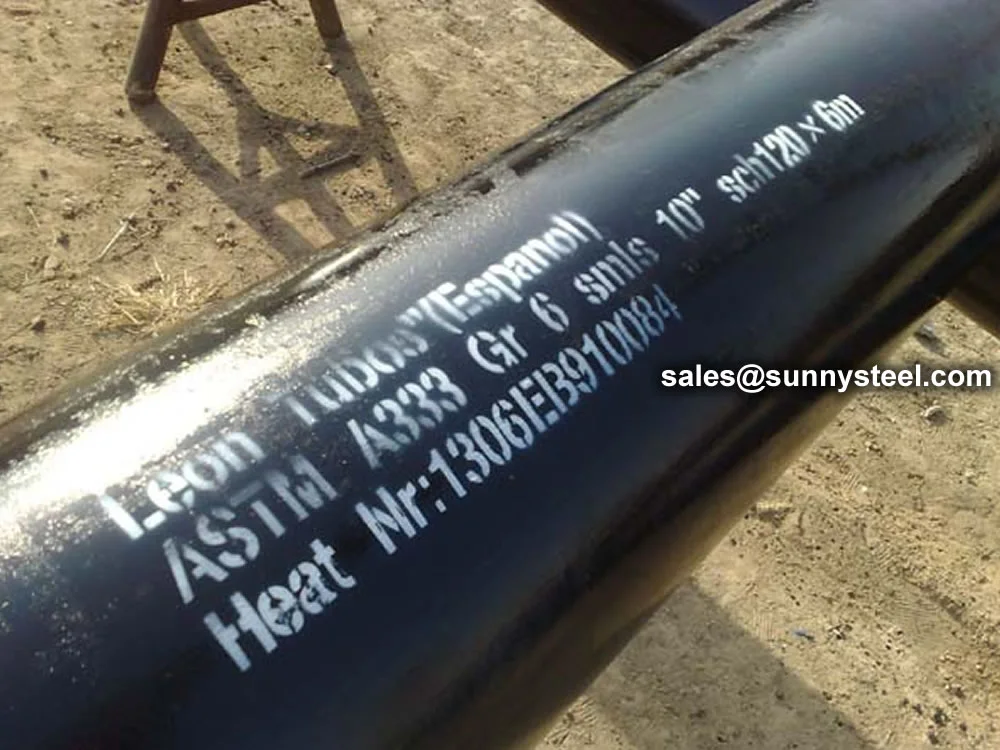
Astm a333 grade 6 pipe offers excellent toughness ...
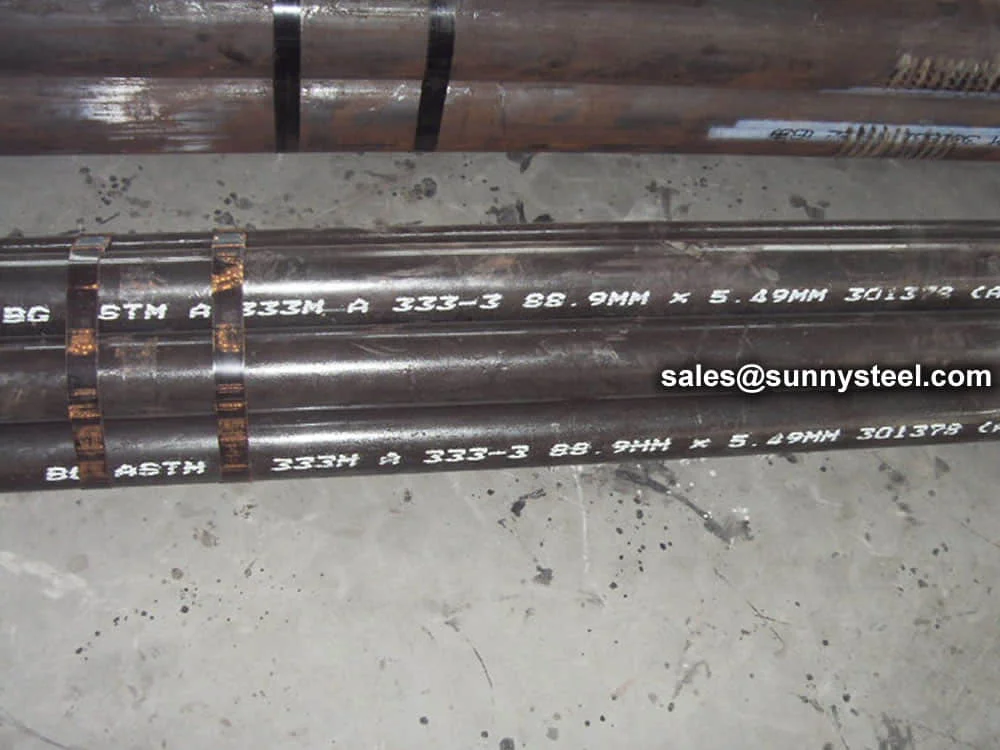
Astm a333 grade 3 seamless pipe is ideal for low-t...
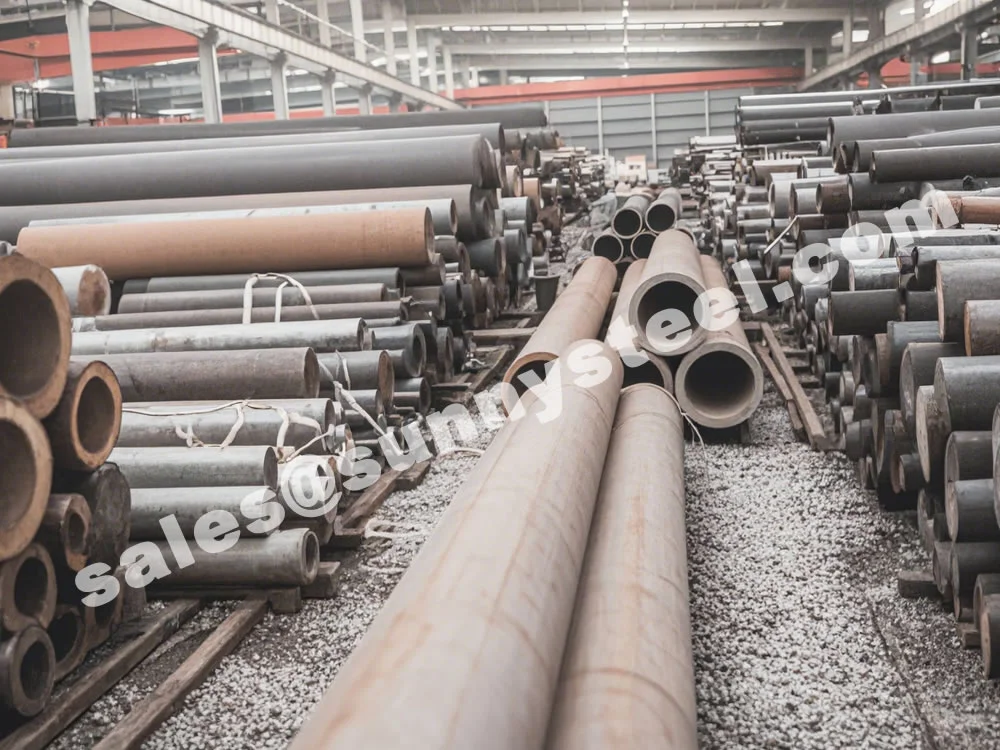
16mndg seamless steel pipe offers excellent low-te...